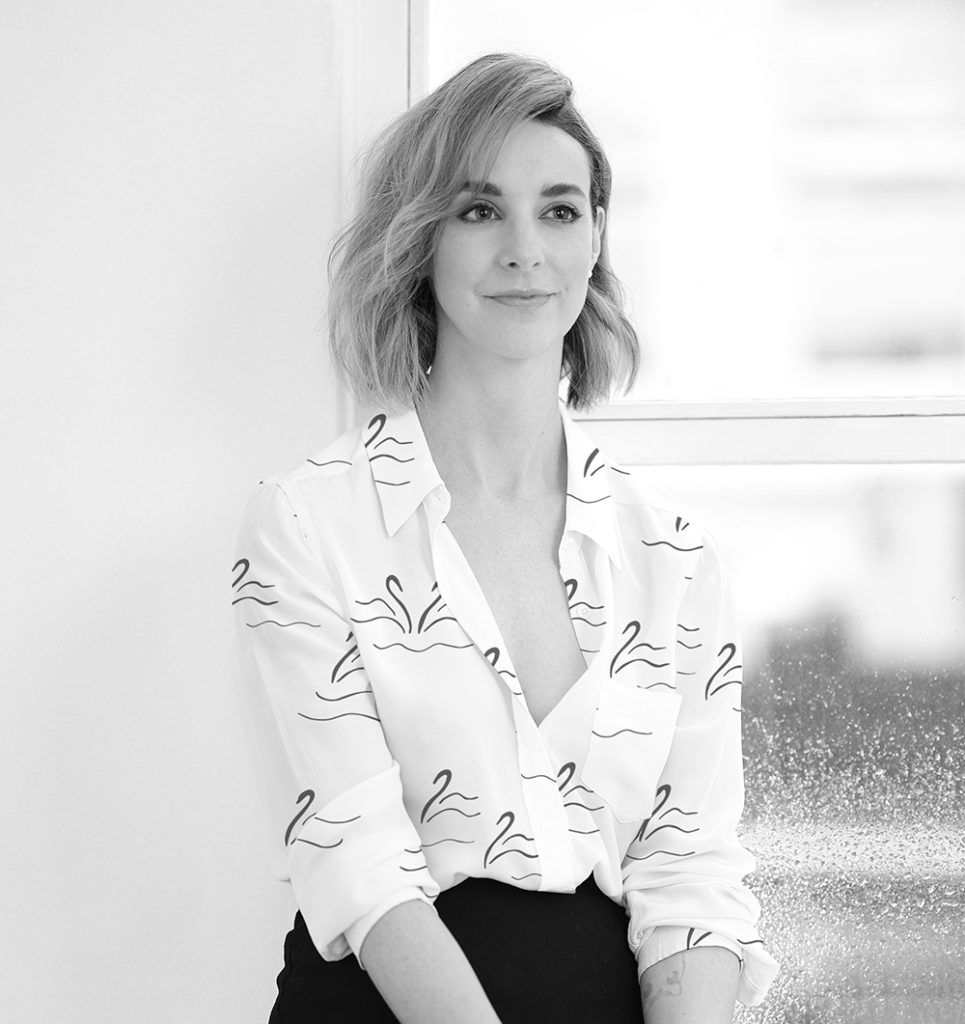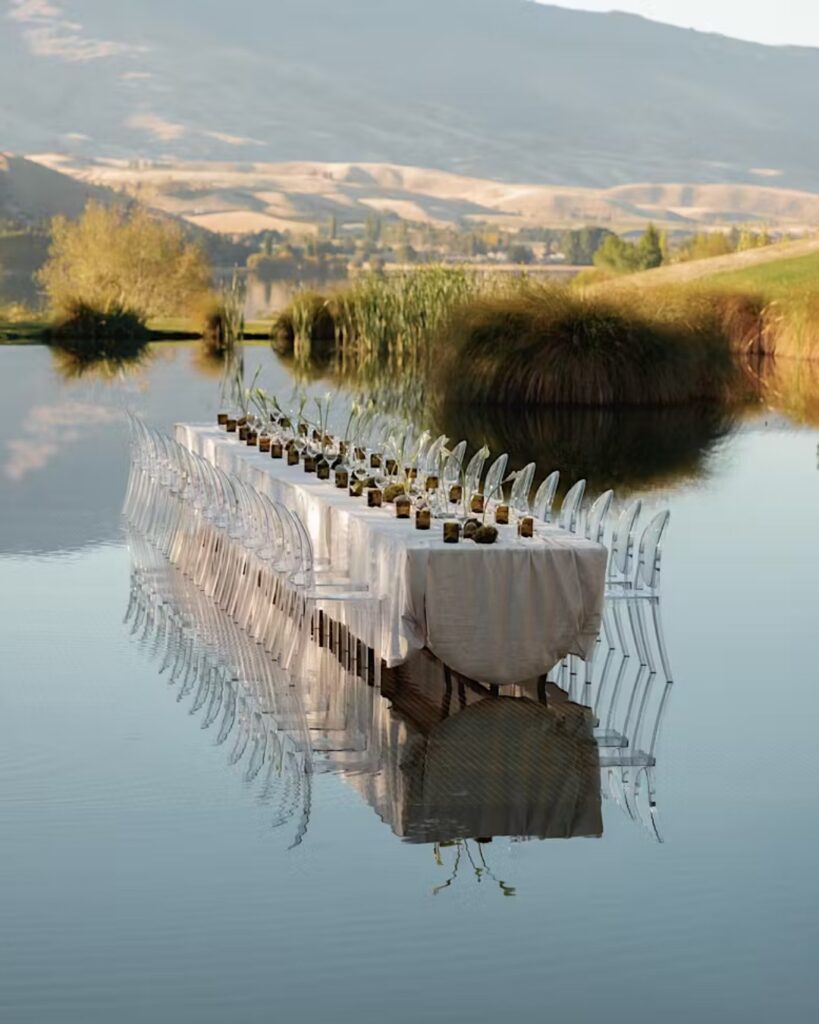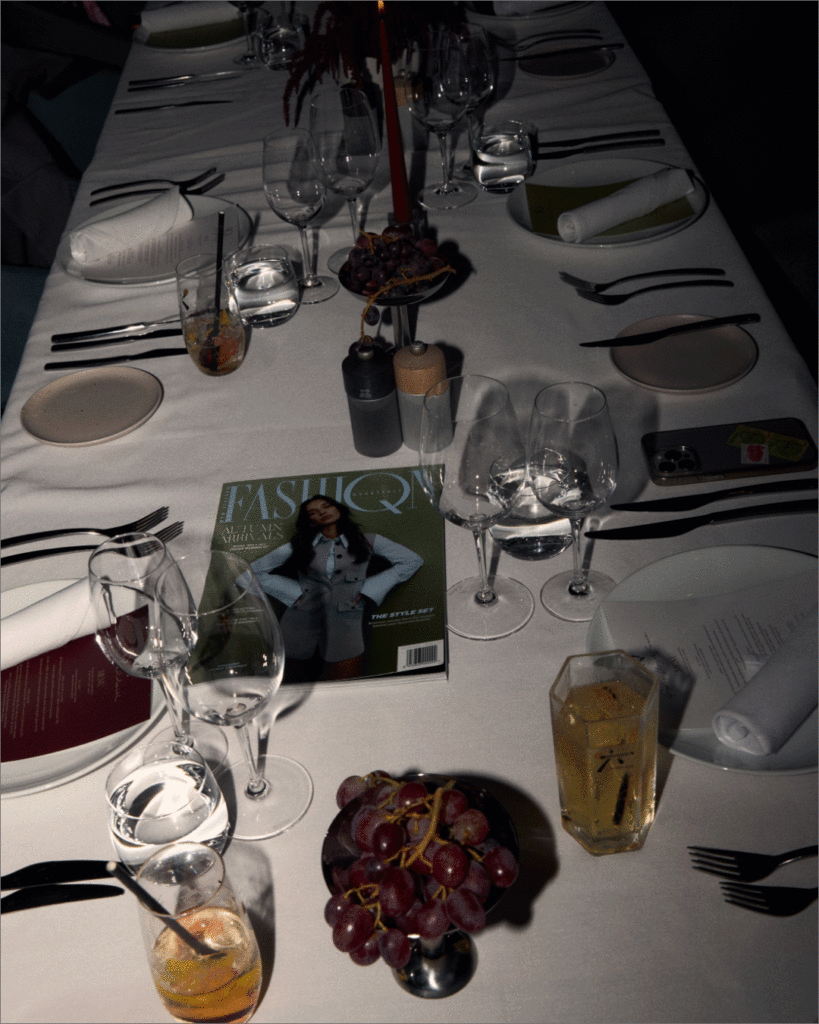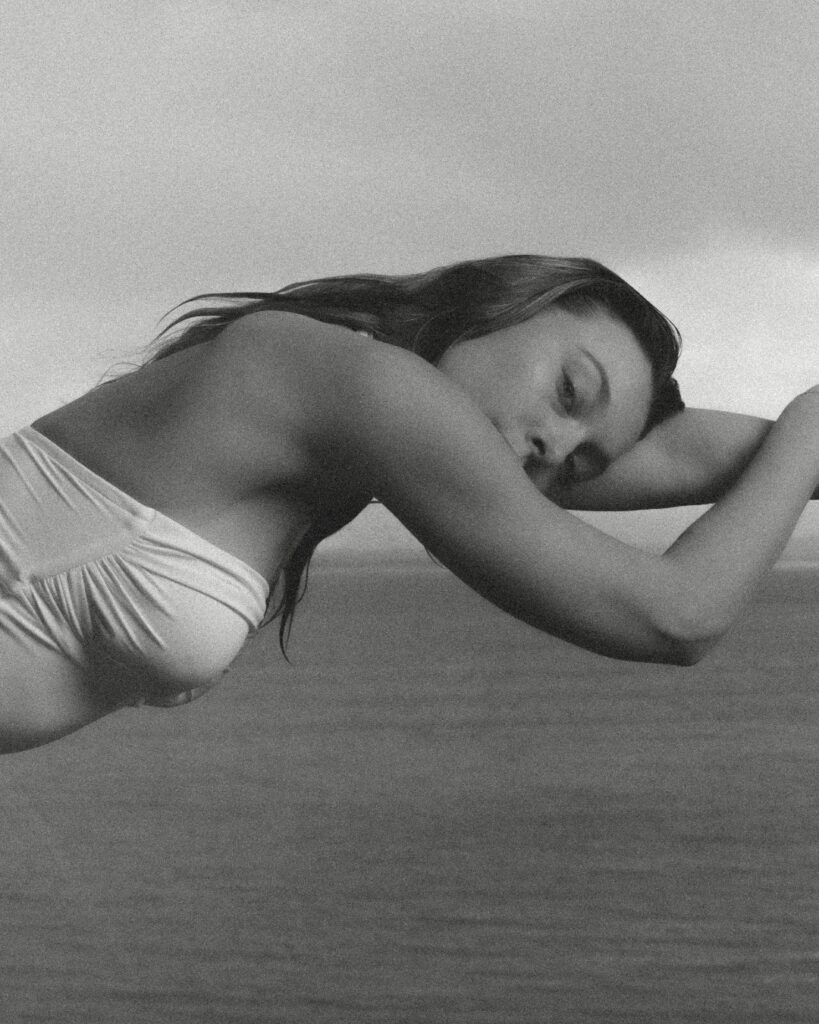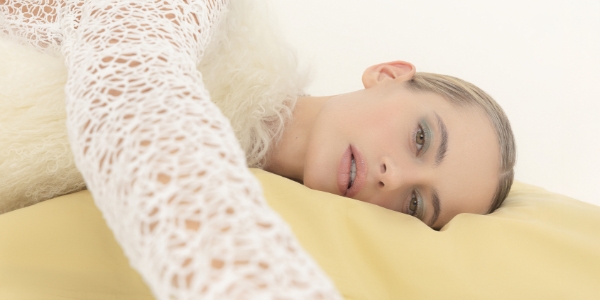Founder of print design company Still Life, Kiwi Amber Rixon creates patterns for designers around the world. She tells us how she made it happen.
Breaking into the fashion industry can be tricky at the best of times – but especially when it’s a closely guarded trade like surface print design.
Through hard work and tenacity, Amber Rixon created her own surface print design business, Still Life, and took it to the prestigious Premiere Vision trade show in New York.
She now works with brands around the world, including the New York-based Allina Liu , Mia Vesper, and Flou-Flou. We spoke to her with one thought in the front of our minds – how did she do that?
What made you start Still Life?
Initially, it was the need to create a job for myself within my chosen field which in New Zealand is a very small industry and the lack of prints available that inspired me.
Can you explain your career path to date?
I left high school early to start a diploma in fashion at AUT. I decided the fashion degree wasn’t for me and started selling one-off pieces at Kristine Crabb’s first store Rip Shit & Bust. Kristine taught me about fabrics and working with suppliers within the industry, I really appreciated this time it was a huge learning curve.
I was also producing costumes for the band The Mint Chicks and moved to Portland for a short stint. On my return, I continued my education at Meg’s Tailoring where I was taught everything to do with garment construction and all the tricks from the talented machinist.
I worked with everything from high-end men’s suiting to Chanel gowns; it proved an essential part of my learning and is why I’m confident working with any garments.
I then decided to start a made-to-order online womenswear boutique called Winter & Rixon. The first collection was challenging as I found it difficult to find a print that I connected with and complemented the story I was working with. I realised I needed to create my own prints and found AUT had started a Bachelor of Design for Textiles, I had always wanted to achieve a degree and saw this as my chance to learn how to design my own prints while earning a bachelor of design.
After three years of studying full-time and working on Winter & Rixon, I was completely in love with creating patterns but also completely burnt out. I finished with Winter & Rixon and decided to concentrate on designing prints for fashion. However, with a lack of real textile print industry knowledge, I had no idea where to start. I embarked on three months of independent research and created a library of over 100 prints.
After researching how I could possibly break into the industry I decided to submit an application to show at Premiere Vision– it is considered the most prestigious fashion trade show in the world so I thought that would be a good place to start.
I met with the curator of designs in Paris. I was accepted and decided to show at Premiere Vision New York the following April, officially launching Still Life. I had six months to build the library, start the business and research as much as I could about the surface design industry.
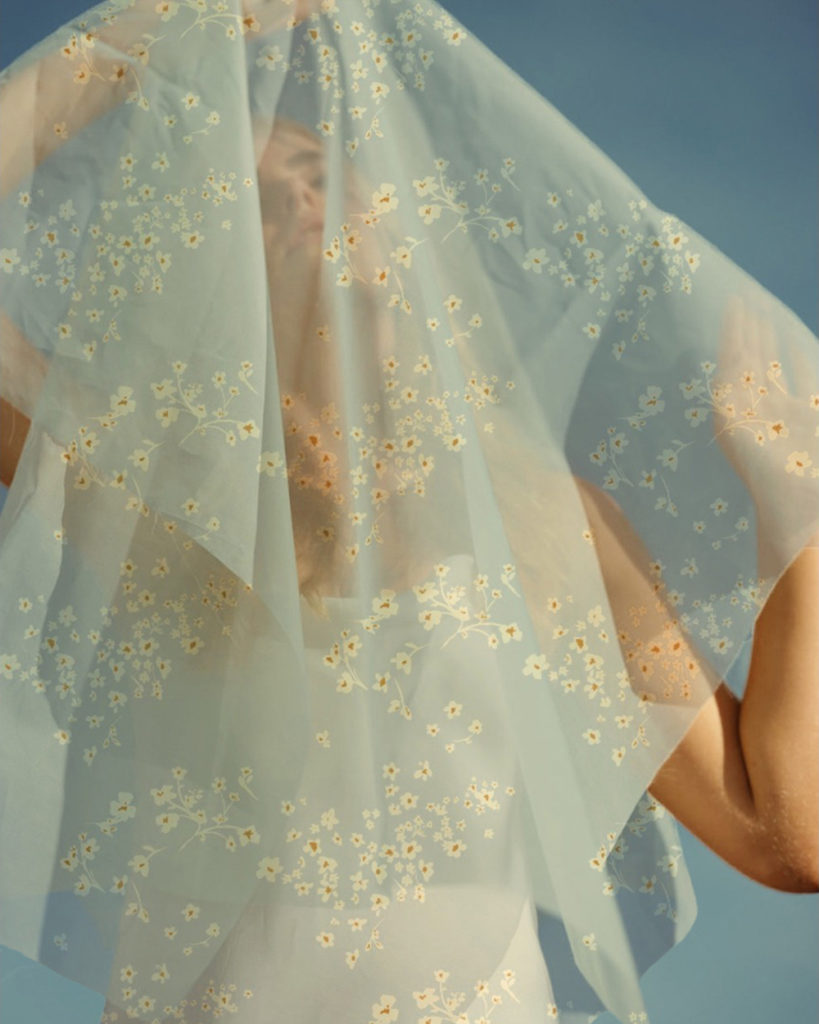
Can you share your design process?
I always have five key mood boards with a theme/story I’m working to with at least one new mood board in development at all times. I work from here to develop stories and print trends for upcoming seasons. I then upload samples of the new prints to the online showroom for immediate preview.
When working to a client brief I brainstorm and provide a collage board for their feedback to ensure I’m on the right track. I then develop 3-5 print ideas based on this theme for further feedback. The final pattern is then developed and a seamless file is provided in multiple colourways as directed by the client.
https://www.instagram.com/p/B4N05DEp32c/
What is it like when you work with designers – is it ever collaborative?
Yes, it’s always collaborative in some way. It’s either a collaboration from the initial concept or it may be adjusting colourways and scale to a print from the library. Collaborating with designers is a really crucial part of my job, I love being part of that process and being able to provide a print which will be part of the history of the brand I’m working with.
What do you love most about your job?
I absolutely love seeing the end product; it’s really exciting to see how the designer interprets the pattern, to see the overall feel of the collection and how the pattern sits with the rest of the story.
What is your biggest accomplishment at work or a moment you’re most proud of and why?
Showing at Premiere Vision New York, working with really amazing brands like Flou-Flou, Allina Lou and Mia Vesper. Oh and talking prints and fashion with Karl Lagerfeld’s buying team.
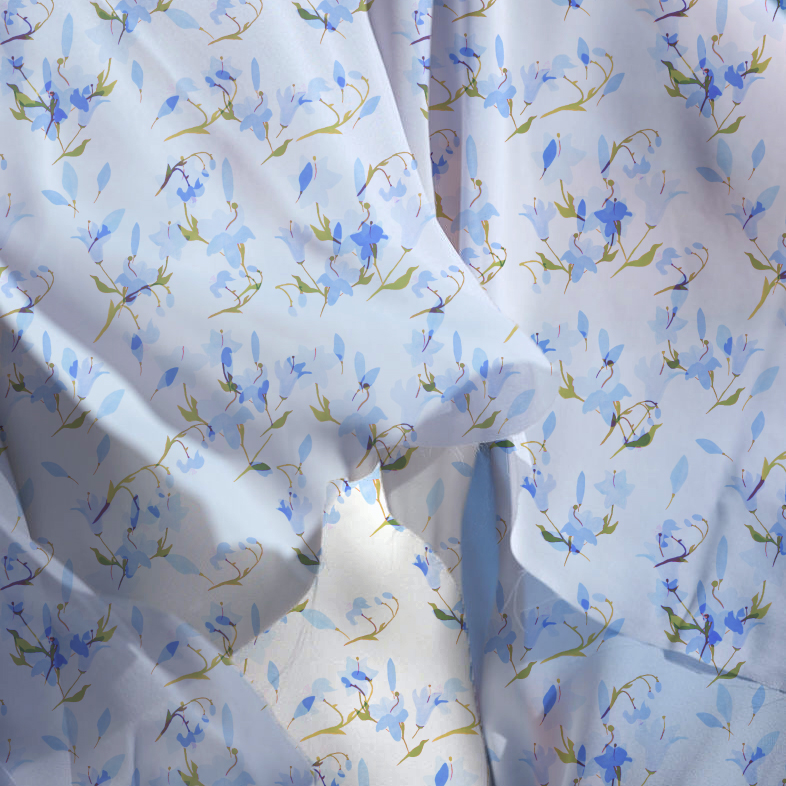
What do you believe has been the key to your success?
Understanding the end product I think has helped a lot; I know how the fabric will be printed, how it will then be cut, draped, sewn and fitted to the body. I also know how important it is for a designer to find the right print and understand how the buyer needs to have an emotional connection with the print. Patterns can be very nostalgic for the wearer, romantic, summery or moody and cool. A pattern will transform a garment into something very special – if it clicks with the wearer, they will hold onto it forever.
What motivates you?
The thrill when my pattern becomes seamless, every time that happens I get excited! I love turning my drawings and paintings into patterns, its essential to what I do and to my happiness.
What is the biggest obstacle you have overcome, as it relates to your career or industry?
Learning about a relatively unknown, misunderstood and very tight-lipped industry on my own and from scratch.
What do you wish you’d known at the start of your business?
I didn’t know anything about the print design industry at the start; I really had to push myself to work it out on my own. Luckily, I made some amazing friends and contacts along the way, which has helped fill in the blanks. I don’t really wish anything to be different, otherwise, I may not have bumped into these important people in my life.
What does a typical day look like for you?
I leave the house by 7am and spend an hour at my local café working on emails and planning my day. Then back home where my studio is to continue work. I will either be developing a print to a client’s brief or creating for the showroom library which will involve research, painting, listening to music, collecting fresh flowers or objects relating to the theme I’m working to.
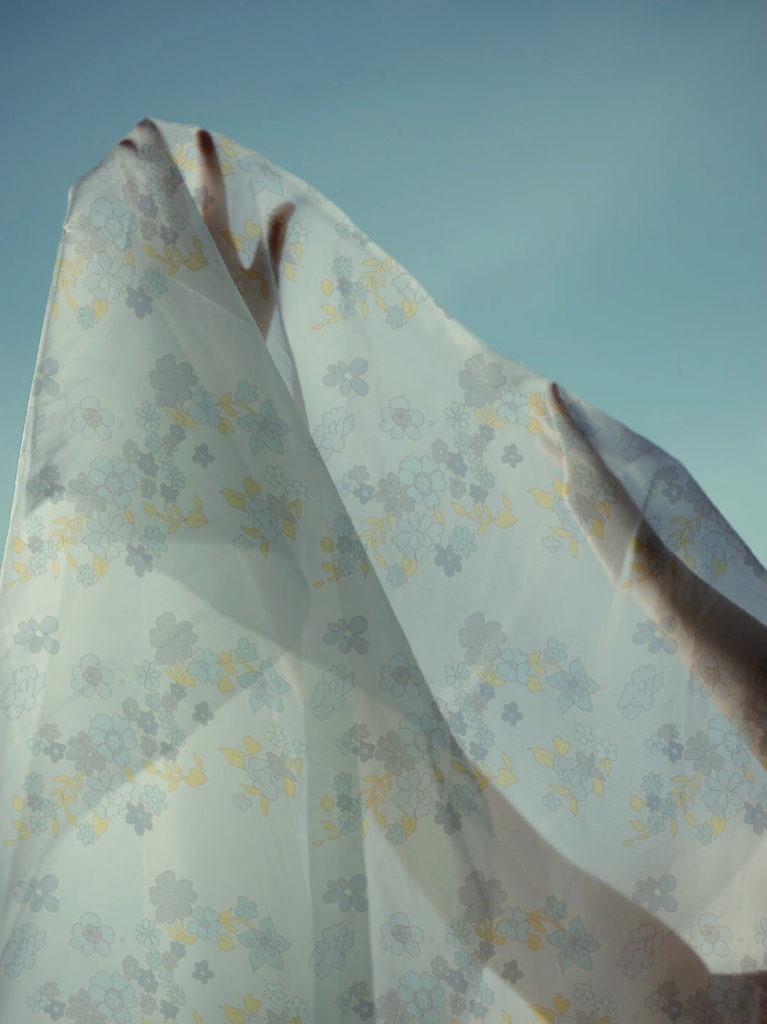
How do you relax away from work?
I love spending time with my best girlfriends, my nieces, and my family. I’m always up for good food plus wine, music, movies, art, and an interesting podcast.
When do you go to bed and when do you get up?
I love doing a little bedtime yoga around 10 pm for 20 mins, then I’m generally in bed by 10:30 pm and asleep by 10:35, I’m lucky that I can fall asleep within moments. I set my alarm for 5:45 am and am up for 6 am. I spend half an hour on myself, 15 minutes meditation, 10 minutes journaling and 5 minutes stretch.
How do you find the ideal work/life balance?
I work Monday to Saturday due to the time difference between New Zealand and the US, so good time management skills for juggling personal life and work are essential. I love what I do, so that really helps. I do make sure I keep up with my friends and family.
I try not to say no to things unless I’m on a tight deadline. Sometimes I just need to start the day a bit earlier than usual, and if needed I’m very good at power naps.
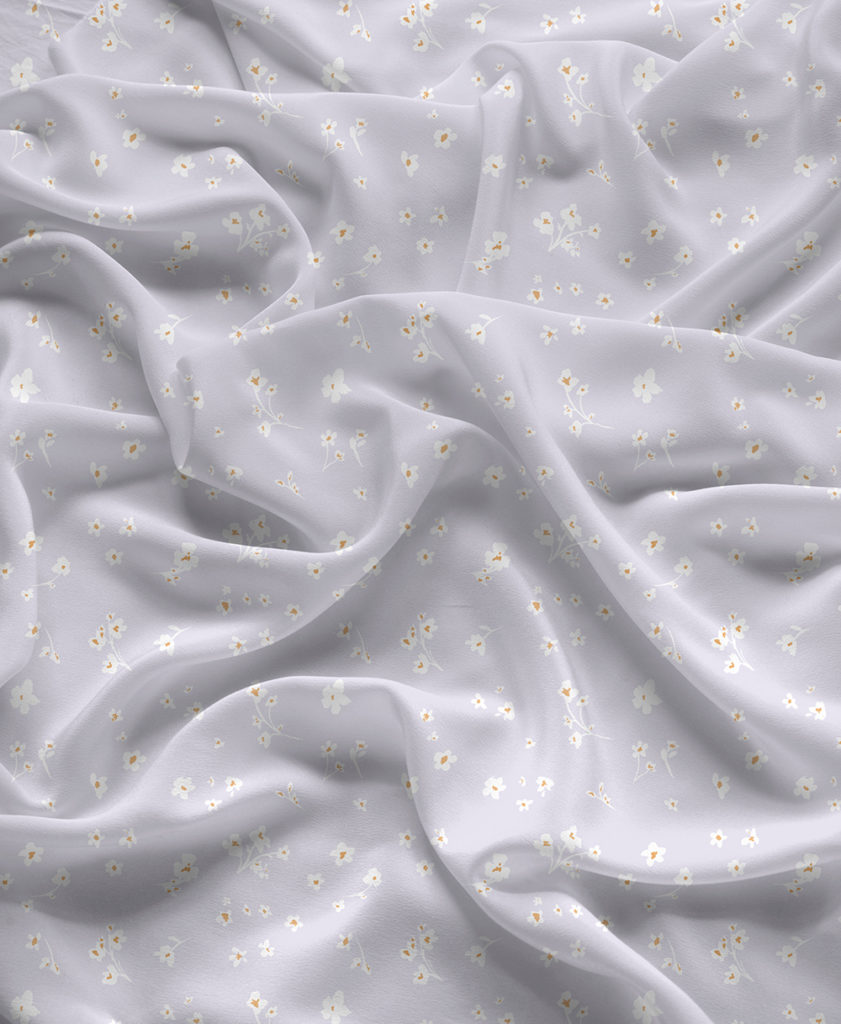
Who inspires you and why?
Inspiration close to home is my Mum. A car accident in her teens saw her leave school early, then she had three kids by the time she was 22. At 30 she was a solo parent with no formal education. She started night school then got her first job in marketing, going on to own one of New Zealand’s largest direct marketing companies. I like that you can change your path if you are determined.
I also love looking to artists who make great art despite their circumstances; two that come to mind (and that I love) are Frida Kahlo and Jean-Michel Basquiat.
In another life what would you want to do for a job?
In my early 20s, I wanted to move to London and work on Savile Row. So in another life, I would have trained as a tailor on Savile Row, brought my skills back to New Zealand and made bespoke women’s suits. I would kill for the perfect suit with a matching short, skirt and trouser option.
When did you last act fearlessly?
Last year in July when I was in New York showing the new collection to potential buyers. It’s always a bit nerve-racking entering a room full of complete strangers who are about to judge your work right in front of you.
What’s the best advice you’ve ever been given?
To just start, to move and have momentum even if you don’t know exactly what you are doing yet.
You have already achieved so much, but what’s next for you?
Continue to grow my studio slowly. I would also love to experience working and living in New York for a time, it’s always been a dream of mine.


